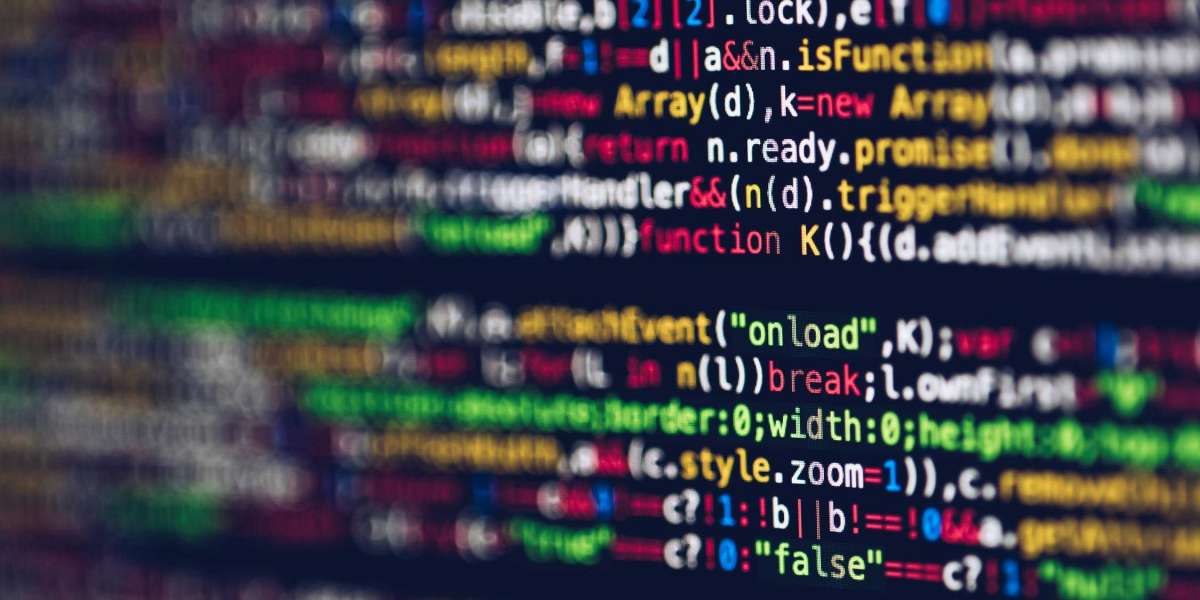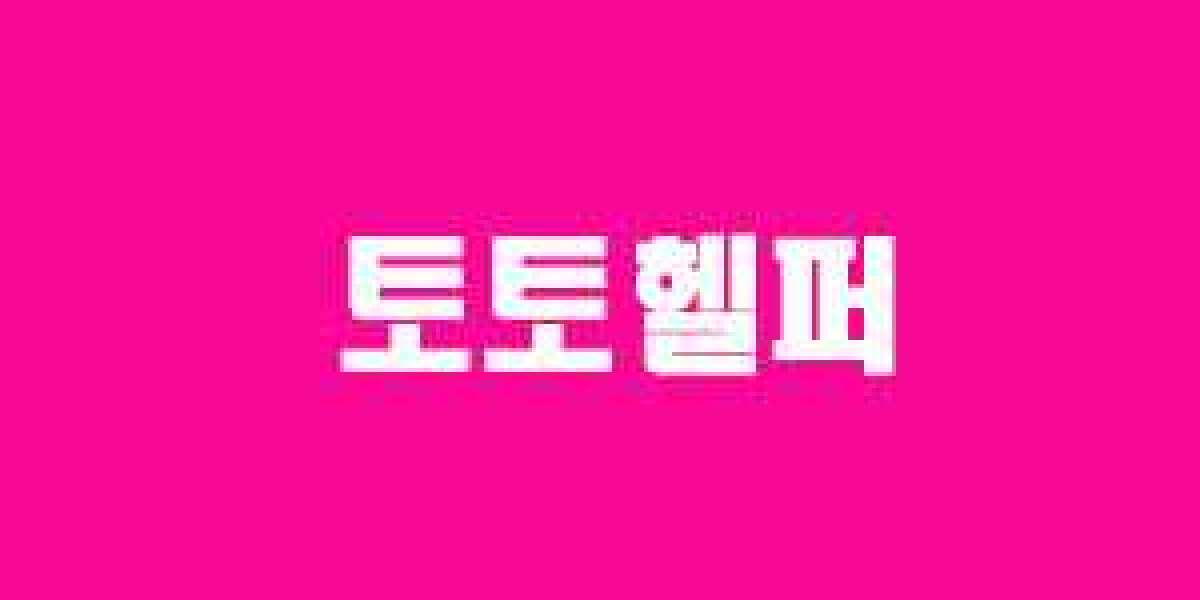Overview
"The single most important skill for a computer scientist is problem-solving. Problem-solving means the ability to formulate problems, think creatively about solutions, and express a solution clearly and accurately. As it turns out, the process of learning to program is an excellent opportunity to practice problem-solving skills." Think Python, 2nd Edition, by Allen B. Downey (O’Reilly). Copyright 2016 Allen Downey, 978-1-4919-3936-9.
Every problem, large or small, can be broken into smaller chunks. Logically, if you can take a seemingly unsolvable problem and break it into smaller, more manageable chunks, once you've finished solving each piece of the problem, you'll have conquered the whole thing!
Throughout the Computer Science curriculum, we will reference and draw from the Lambda Problem Solving Framework, sometimes referred to as UPER. This framework is a step-by-step process:
- Understand
- Plan
- Execute
- Reflect
Almost all problems are a series of sub-problems. You will use the steps of U.P.E.R on the primary outer problem and the inner, individual sub-problems.
1. Understand
Before doing anything else, make sure you understand precisely what the problem is asking. A helpful starting point could be transcribing the technical description of the problem into your own words.
Questions
Here is a list of starter questions that might come up during this step:
- What are the inputs your code receives?
- What is the range of the input?
- How big can the input be (how much data)?
- What are the outputs your code produces?
- What is the range of the output?
- How big can the output be (how much data)?
- How performant must the code be?
- Is there anything missing from the task description that needs to be clarified?
- What assumptions are you making?
- Does anyone else on the team need to validate these assumptions?
Actions
The most important thing you can do during this stage of the process is to ask questions! Be as specific as you can when you ask questions. Be clear and concise with your questions by using unambiguous language and only including necessary details.
Don't be afraid of this part of the process—enjoy it! Look at the problem as a curiosity to be explored, not just something there to torment you. Feeling frustrated and afraid won’t help you at work or in an interview. Remember, problem-solving is the fun part, so enjoy it!
One approach is to identify the smaller components that make up the larger problem. If you get stuck in understanding, break the larger problem into smaller sub-problems. Then, apply this framework against each of the smaller sub-problems until you solve the larger problem.
Try to digest the problem and comprehend it by rewriting the problem in your own words. If you had to describe it to someone else, how would you do it?
Diagram how the data flows through the problem. Think about each stage of the journey for the data. What will happen to it as it travels from one step to another?
Think like a villain. What inputs would break your program?
Where is the description of the problem incomplete? If you cannot get answers on something that the specifications leave unclear, make an educated guess, and document your assumptions and decision.
You are done with this step when you can explain this problem to someone who has never seen it. Your explanation should be thorough enough for the person to skip the "Understand" step and start planning right away.
2. Plan
This step is where you will ask, "what steps will I take to solve the problem?" You will take your description of the problem and transform it into a complete, actionable plan to solve that problem. If you realize you still don't truly understand the problem while planning, return to Understand until you resolve the ambiguity. If you have not yet completed Understand, you will end up planning to solve the wrong problem! When interviewing, you must do this step aloud!
Remember, you aren’t coding during this step unless it’s a small piece of throwaway code to test a hypothesis. It would be best if you wrote pseudocode during this step, however.
Questions
- Do you know the answer to a similar problem that has comparable inputs and outputs?
- Does this problem remind you an anything else?
- Can you bring that knowledge to bear here?
- Does my plan meet the performance requirements?
- What’s the time complexity?
- What’s the space complexity?
- How big can my input data be?
- Can sorting the input data ahead of time lead to any improvements in time complexity?
- Does recursion help?
- Is the problem made up of identical subproblems?
- Can you state the problem with itself in its definition?
- Think like a villain. Does your plan cover the edge cases?
Actions
Solve the problem like a human. If you’re sorting something, imagine your task as a pile of blocks that you need to sort by hand. Break down the steps you take into small enough pieces for a computer to understand. Approach the problem from many angles.
Get a brute-force solution as quickly as possible. Even if it’s not performant enough, it can lead you toward better solutions.
Come up with as many plans of attack as you can. Choose the best one that satisfies performance needs.
Try to solve a simpler version of the problem. If the input is a 2D array, can you solve it for a 1D array? If you need to count the number of ways to eat cookies 1, 2, or 3 at a time, first try to solve it for the number of ways you could eat two at a time, or even one at a time. The solution to the more straightforward problem can lead to insights on the more complex problem.
List the nouns and verbs in the problem description. Map each one to an algorithm, process, data structure, object, method, function, etc.
"Perfect" can be the enemy of "good." Even if your initial workable solution isn’t performant enough, you can iterate later. “Premature optimization is the root of all evil.”
You know that you completed this step when you have pseudocode that’s detailed enough to convert to real code. It would be best if you also were convinced the pseudocode represents a legitimate working solution.
3. Execute
This step is where you take your plan and convert it to actual working code. This step isn’t easy, but it’s much easier if you've done an excellent job with the "Understand" and "Plan" steps above. If you find shortcomings in your plan while implementing the solution, return to the "Plan" phase until you resolve the ambiguity. If you have not yet completed the "Plan" step, you will spend far longer on the "Execute" step than you have to.
Questions
- Think like a villain. Does your implementation handle all inputs?
- What is the best way to split this code into separate functions or classes?
- Does this functionality already exist?
- Are there built-in libraries I can leverage?
- Are there third-party libraries I can leverage?
Actions
Convert your pseudocode and outlines into actual code. Don’t Repeat Yourself (DRY): Remove redundant code as you write it.
Document code as you write it. Header blocks should contain information on how someone should use the code. Comment only when necessary; where possible, write code clearly enough that comments aren’t needed. If comments help clarify or summarize a piece of code to a reader, definitely add comments.
If you write code that’s hackish or kludgy, fix it. If you don’t have time to fix it, comment it, explain why you couldn’t do it "the right way" (time constraints, etc.), and what you need to do to make it right.
You know this step is complete when your solution works on good data, it doesn't fail on flawed data or edge cases, and the program passes all of the tests.
4. Reflect
The primary question you are dealing with during this step is — "is this implementation as good as I can make it?" Would I be proud to show my code to another programmer?
Questions
- Does your solution work in all cases?
- Main case?
- Edge cases?
- Is the solution performant enough?
- Is the code documented?
- In retrospect, what would you do differently? What will you do differently next time?
- What went right?
- What went wrong?
Actions
Adding documentation is a necessary action during this step. It would be best if you documented any future changes you plan on making. You should document any code sections that you will need to make more performant if the data size increases.
Another critical action to take during this step is to remove any redundant or unnecessary code. Also, depending on your time constraints, it's likely that you might have some hackish code that you'd like to improve in the future when time allows. Make sure to document any ideas or plans on how you might do so.
You know that this step is complete when your code is adequately refactored and exhaustively documented.
Follow Along
Let’s use the dining philosophers problem (Links to an external site.) as an example problem to use our Problem Solving Framework on. Here's a short description of the problem:
Five silent philosophers sit at a round table with bowls of noodles. One chopstick is placed between each pair of adjacent philosophers.
Each philosopher must alternately think and eat. However, a philosopher can only eat noodles when they have both left and right chopsticks. Each chopstick can be held by only one philosopher and so a philosopher can use the chopstick only if it is not being used by another philosopher. After an individual philosopher finishes eating, they need to put down both chopsticks so that the chopsticks become available to others. A philosopher can take the chopstick on their right or the one on their left as they become available, but cannot start eating before getting both chopsticks.
Eating is not limited by the remaining amounts of noodles or stomach space; an infinite supply and an infinite demand are assumed.
The problem is how to design a discipline of behavior (a concurrent algorithm) such that no philosopher will starve; i.e. each can forever continue to alternate between eating and thinking, assuming that no philosopher can know when others may want to eat or think.
1. Understand
On the surface, this seems like a straightforward problem — however, some approaches will lead to problematic results.
Here are some critical pieces of information from the question we should highlight:
- there are 5 philosophers
- there are 2 states (eating, thinking)
- there is precisely 1 chopstick in between each pair of philosophers (5 total)
- BOTH chopsticks are required to transition from thinking to eating
Some essential questions to ask here include "When should philosophers pick up a chopstick?" and "When should philosophers put down a chopstick?"
Remember that you want to establish if there are any restrictions or limitations you need to consider before you work on a solution.
2. Plan
Let’s create a solution written as a set of rules that defines how philosophers should interact with chopsticks in a manner that will allow them to transition between eating and thinking.
- philosopher is eating (2 chopsticks)
- philosopher finishes eating and sets down chopsticks
- philosopher is thinking (0 chopsticks)
- philosopher sees his/her neighbor set down chopsticks picks them up
- repeat steps 1-4
3. Execute
We could break down the general plan above into a few specific rules.
- eat for a set amount of time once they are holding both chopsticks
- put down the right chopstick
- put down the left chopstick
- pick up the left chopstick as soon as it becomes available
- pick up the right chopstick as soon as it becomes available
- repeat
However, this solution will NOT always work.
4. Reflect
The above solution has the potential to create a situation known in Computer Science as deadlock. A deadlock means that two processes are stuck in an eternal state of waiting. If neither has two chopsticks, they cannot eat. But they also won’t put down chopsticks they’re holding (because they haven’t eaten yet). We need to revise the rules about when philosophers should pick up / put down chopsticks to eliminate this possibility.








